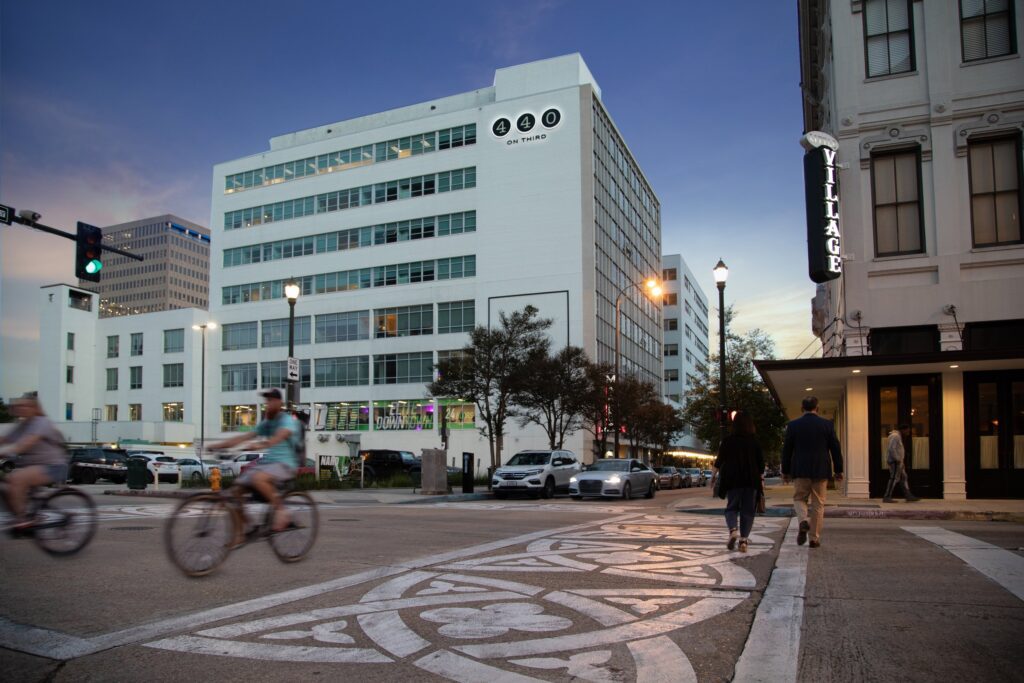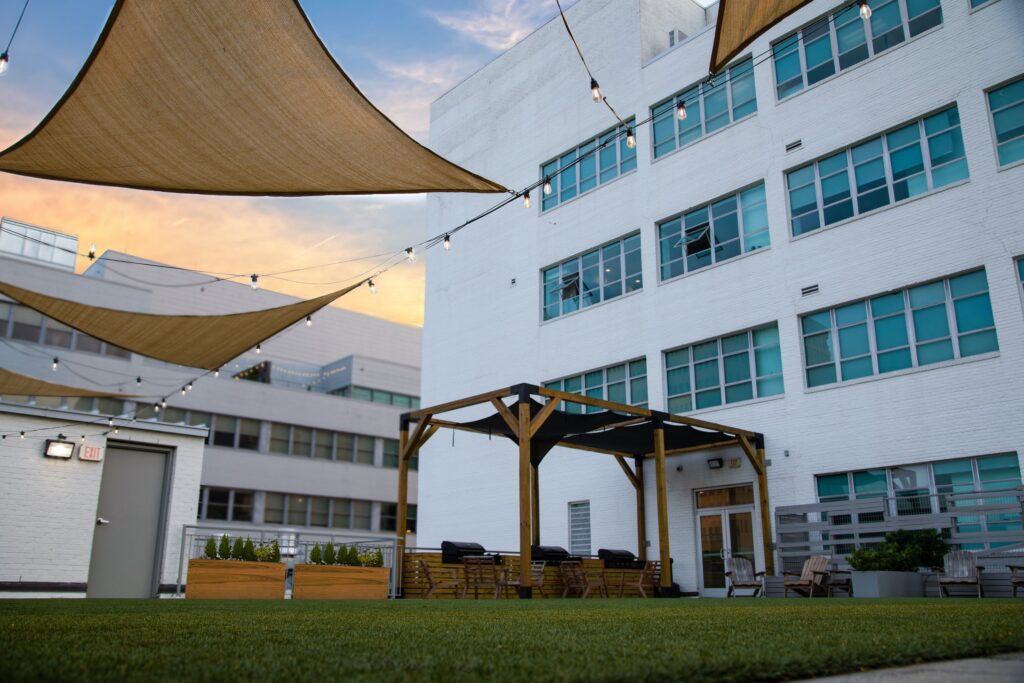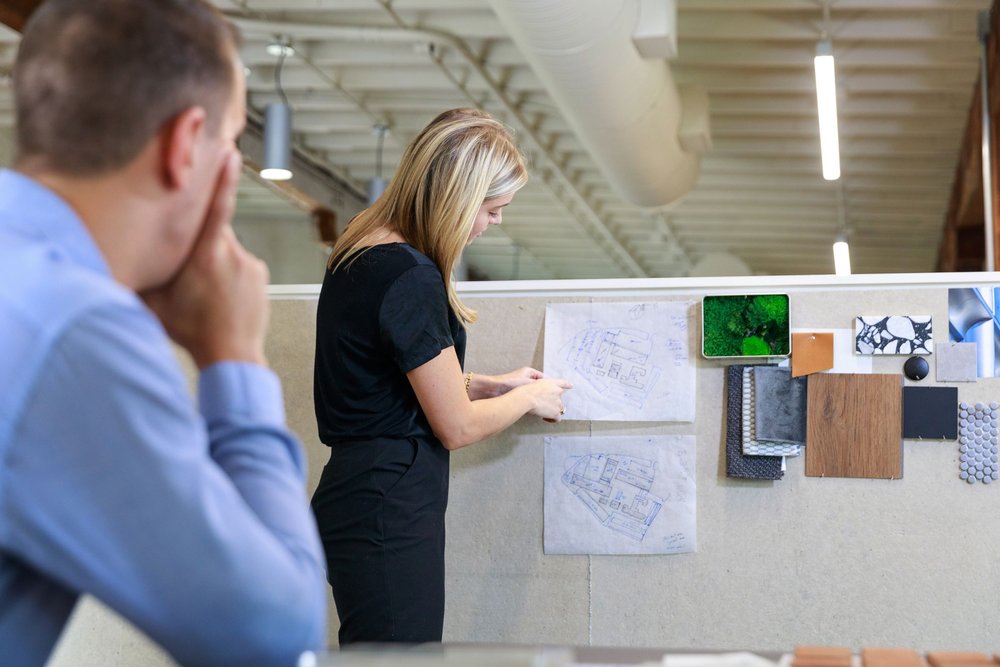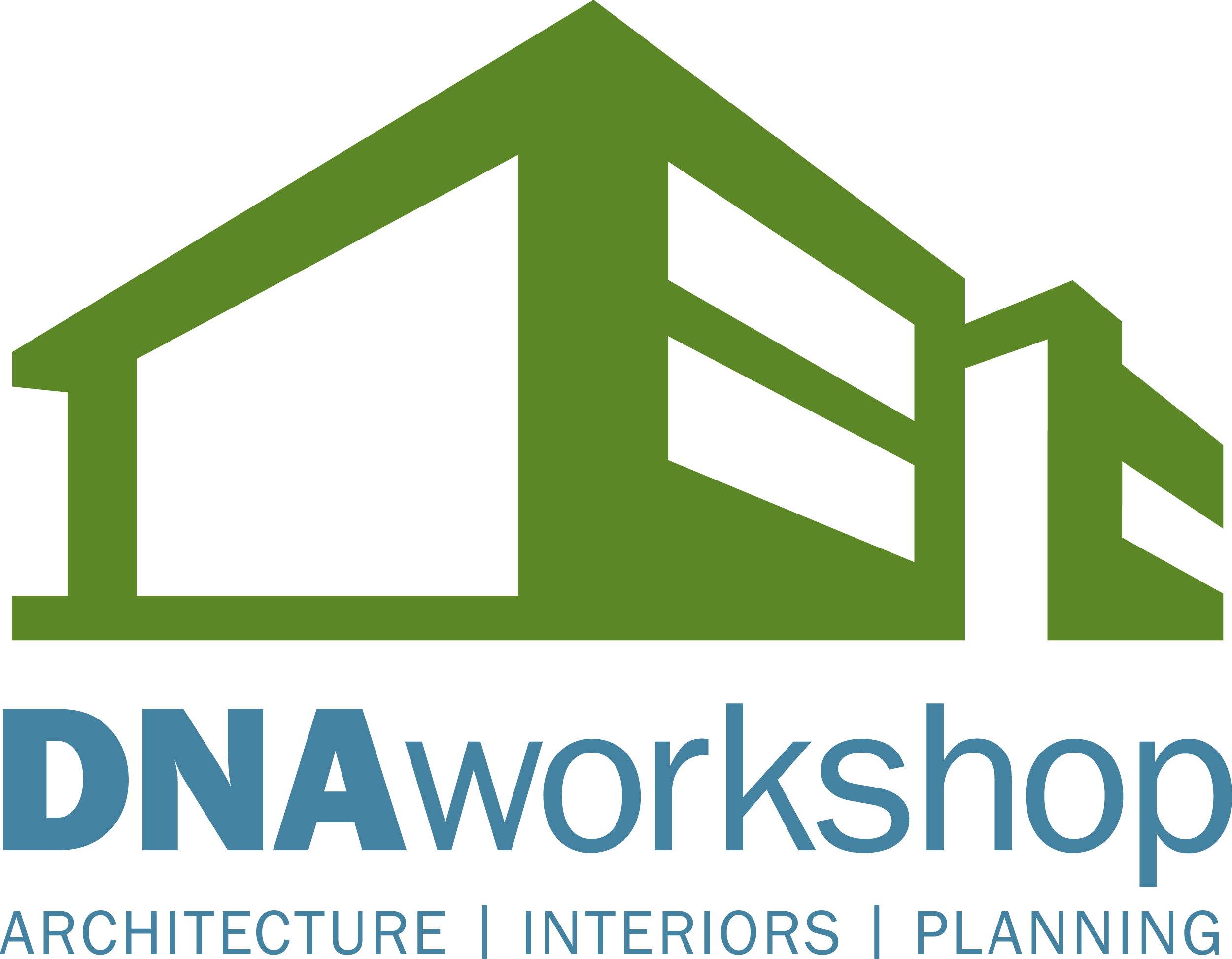In the realm of real estate investment, maximizing returns while minimizing risk is the ultimate goal. However, what happens when a commercial property isn’t meeting its potential? Is there a way to breathe new life into underperforming assets and generate substantial returns? The answer might lie in the strategic conversion of commercial spaces into multifamily residential units.
In recent years, the dynamics of the real estate market have shifted, influenced by changing demographics, economic trends, and lifestyle preferences. As a result, many commercial properties, such as outdated office buildings, vacant retail spaces, or obsolete warehouses, find themselves struggling to attract tenants and generate satisfactory returns for their owners.
Enter the concept of adaptive reuse, a strategy that involves repurposing existing structures for a different use than originally intended. Converting underperforming commercial real estate assets into multifamily residential properties is a prime example of this innovative approach, offering a plethora of benefits for investors and communities alike. We have been exposed to a number of creative projects that have utilized the value in existing buildings to create an entirely new project that utilizes a completely separate set of financial tools and metrics.

Unlocking Hidden Value
One of the most compelling aspects of converting underperforming commercial real estate to multifamily residential units is the potential to unlock hidden value within the property. Commercial properties that are struggling to remain viable in today’s market often possess advantageous attributes such as prime locations, robust infrastructure, and solid structural integrity—all of which are highly desirable in the residential sector.
By capitalizing on these existing strengths, investors can significantly reduce redevelopment costs and accelerate the timeline to profitability. Rather than starting from scratch with new construction, repurposing existing buildings allows for a more streamlined and cost-effective development process, ultimately enhancing the project’s return on investment (ROI).
Meeting Evolving Market Demand
The shift towards multifamily residential living has been a defining trend in the real estate landscape, driven by factors such as urbanization, changing demographics, and evolving lifestyle preferences. As more individuals and families seek the convenience, amenities, and sense of community offered by multifamily housing, the demand for well-designed residential spaces continues to soar.

Converting underperforming commercial properties into multifamily residential units allows investors to capitalize on this growing demand while simultaneously revitalizing underutilized urban areas. By breathing new life into neglected spaces and creating vibrant residential communities, developers play a pivotal role in driving economic growth and urban renewal initiatives.
Working with a professional that has experience in these types of projects is key to success. Inexperience can be very costly, and dealing with these types of projects is not intuitive. It takes specific knowledge to be able to efficiently change projects to a completely different occupancy type. Everything from heating and cooling to zoning to parking and beyond plays a role. We have been fortunate to work with a number of developers to successfully renovate buildings in a manner that is cost effective, durable, and efficient.
Mitigating Risk and Enhancing Stability
From an investment standpoint, converting underperforming commercial real estate to multifamily residential properties offers several advantages in terms of risk mitigation and long-term stability. Unlike traditional commercial properties, which are often subject to fluctuations in market demand and economic cycles, multifamily residential assets tend to demonstrate greater resilience and stability, particularly in times of economic uncertainty.
The steady demand for housing, coupled with the recurring revenue streams generated by rental income, provides investors with a reliable source of cash flow and a built-in hedge against market volatility. Furthermore, the diversification offered by a multifamily residential portfolio helps mitigate risk by spreading exposure across multiple units and tenants.
Although the returns may not appear as high on a square footage basis, the long term value is definitely there. Balancing the risk reward calculation usually shows that this kind of pivot makes a ton of sense, particularly for those that are looking to hold an asset for 5-15 years. They provide consistent cash flow and retain their value very well if they are properly maintained and the renovation design is done well.
Final Thoughts on Converting Commercial to Residential
In conclusion, the strategic conversion of underperforming commercial real estate assets to multifamily residential properties represents a compelling investment opportunity with the potential for significant returns. By leveraging existing infrastructure, meeting evolving market demand, and mitigating risk through diversification, investors can unlock hidden value, revitalize communities, and achieve sustainable long-term growth.
As the real estate landscape continues to evolve, adaptive reuse strategies offer a pathway towards maximizing returns while contributing to the overall vitality and resilience of urban environments. By embracing innovation and embracing the transformative power of repurposing, investors can position themselves at the forefront of this dynamic and promising sector. We at DNA workshop are blessed to have numerous clients that are able to shift their focus and find value projects that are able to be repurposed. Because we are versed in all different kinds of funding sources including historic credits, rebates from the Inflation Reduction Act, HUD financing, NMTC, GRRP, CDBG grants, etc. we are able to add value on multiple fronts to help our clients have a successful project with minimal conflicts and maximum efficiency. We look forward to the next few years and the unique opportunities they will provide.

Trying to Decide if it’s Time To Convert Your Commercial Real Estate to Multifamily?
Our Architects are here to help you put together the pieces and maximize your ROI. Contact us to learn more.
